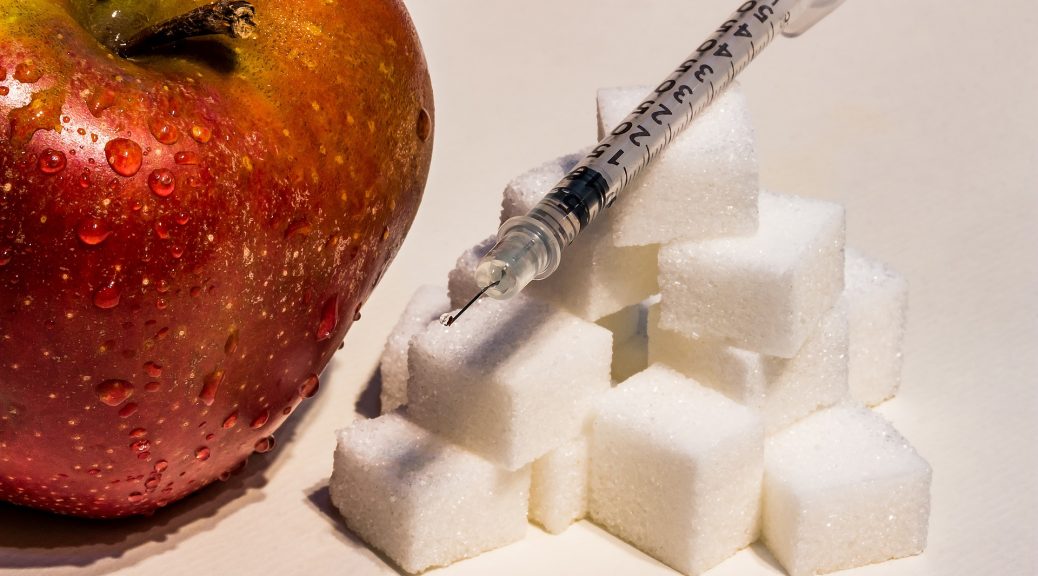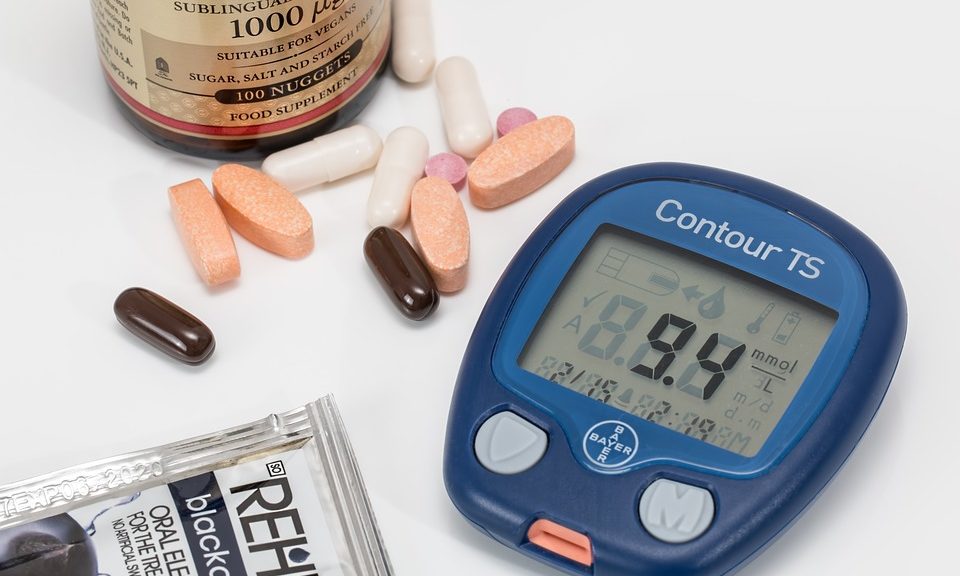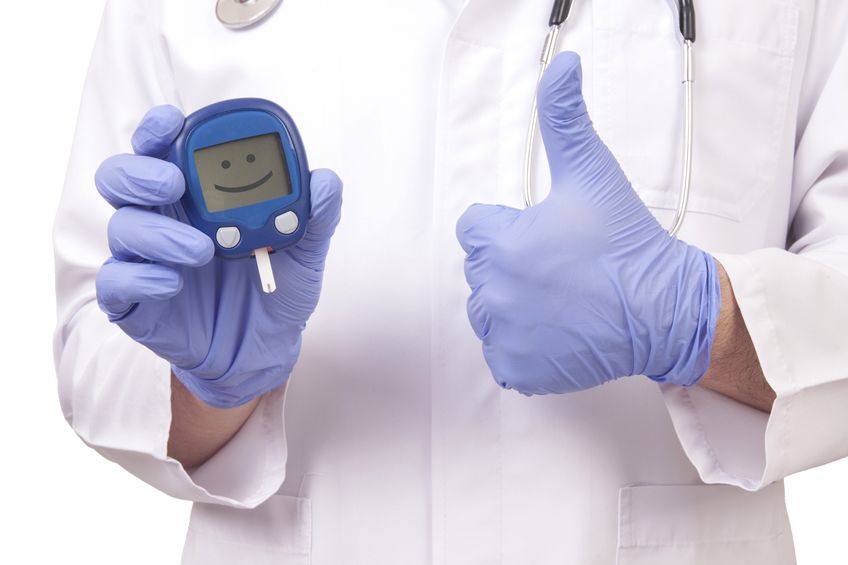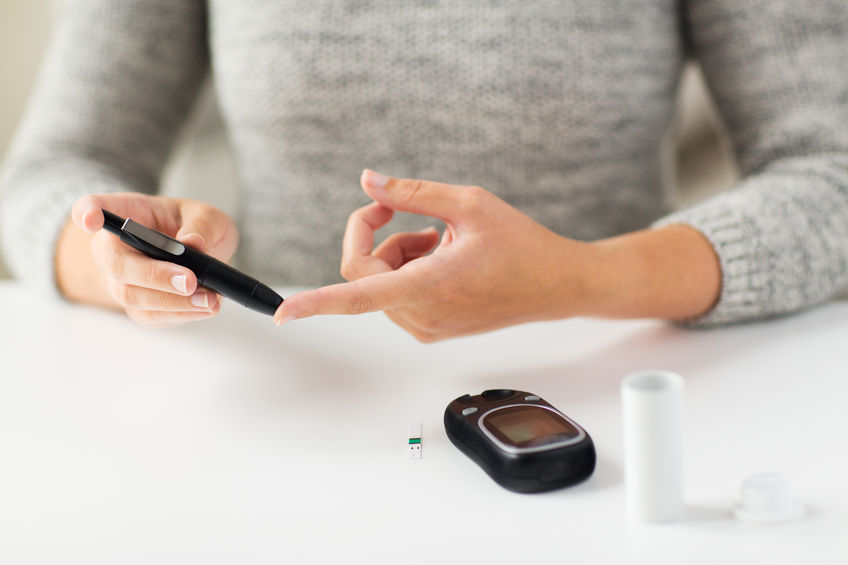With the steady rise in new cases of diabetes, diabetes continues to be a major health issue both within the United States and worldwide. According to a report published by the Centers for Disease Control and Prevention (CDC) in 2017, there were more than 100 million adults diagnosed with diabetes or pre-diabetes in the United States alone.[1]
In addition to its widespread prevalence, the fact that diabetes is a leading cause of disability and death makes it a critical health problem.
Apart from causing millions of people to suffer from health issues, like kidney failure, stroke, heart attacks, lower limp amputation, and blindness, diabetes also causes millions of deaths every year. The incurable disease was the direct cause of around 1.6 million deaths in 2016, according to the World Health Organization fact sheet.[2]
Is It Possible To Reduce The Global Burden Of Diabetes?
Although diabetes is not curable, it can be prevented and successfully managed by maintaining a healthy lifestyle. The treatment of the disease often also involves using blood glucose lowering medicines, along with physical activity, healthy diet, and certain lifestyle changes, such as quitting the use of tobacco.
The medications used to improve glycemic control among people with diabetes mellitus falls into two major categories:
- Oral medications
- Insulin injections
Levemir belongs to the second category of diabetes medications.
Levemir – A Type of Manufactured Insulin for Treating Diabetes
Levemir is a solution of insulin detemir, which is a long-acting manufactured insulin used to maintain healthy blood sugar levels in people with diabetes.
For those who do not know, a long-acting insulin works slowly and its effects last for long as compared to a rapid or fast-acting insulin. After going into the body, insulin detemir takes a few hours to start affecting the blood glucose level, but once it does, it continues to work for up to 16-24 hours. Throughout its duration of action, it continues to provide small amounts of background insulin, similar to the natural process of insulin release in the body, to keep the blood sugar levels stable overnight or between meals.
Also known as basal insulin, it is often a part of the comprehensive diabetes treatment and is used alongside a rapid-acting or bolus insulin.
Limitations of Use
Levemir is not meant to be used for pediatric type 1 diabetes patients under 2 years of age and for the treatment of diabetic ketoacidosis.
It should also not be used for the treatment/ management of type 2 diabetes in children of any age.
How Is Levemir Supplied?
The colorless, injectable solution of Levemir is available in 100 unit / ml strength in the following forms:
- 10 ml vial
- 3 ml Levemir FlexTouch; prefilled pen.
Dosage and Administration
The right dosage of Levemir, or any other type of insulin, has to be individually assessed for every patient as it requires considering a variety of factors, such as a person’s daily insulin requirements, other insulin medications they are using, their body’s response to Levemir, and their overall health.
However, for people with type 1 diabetes, treatment with Levemir usually starts with one-third of a person’s total insulin requirements for a day. The remainder of the insulin requirement is fulfilled with a fast-acting insulin.
On the other hand, patients of type 2 diabetes whose blood sugar levels are inadequately controlled with oral medications and/or GLP-1 receptor agonists are generally prescribed to administer 10 units of Levemir once daily, in the evening. For patients on oral medications, the dosage may be divided into two; to be administered in mornings and evenings.
Important Dosing Instructions for Levemir
Here are some important things that you need to remember while being treated with Levemir:
- When administered once daily, insulin detemir should either be taken with dinner or at bedtime.
- When prescribed to use twice daily, schedule the doses 12 hours apart.
- Monitor your blood glucose levels regularly to make sure they stay within the healthy range and to prevent the risks of hypoglycemia. Do not change your dose or their timings without consulting with your doctor.
How is Levemir Used?
Levemir is administered via subcutaneous injection in the upper arm, thighs, or abdominal wall.
Instructions for Safe Administration of Levemir
Here are some of the most important factors that you need to follow in order to avoid any adverse effects with the use of insulin detemir:
- As with all other types of insulins, rotate the injection site with every injection, when you are administering Levemir within the same region. This is critical to diminish the risk of lipodystrophy – a common issue faced by diabetic patients that causes selective loss of adipose tissues.
- If you are also using a GLP-1 receptor agonist with Levemir, make sure you administer them separately; never mix both the solutions. Also, make sure to never inject them right next to each other; they can be used within the same body area though.
- Always inspect the insulin solution visually before use for any discoloration or presence of particulate matter and do not use if it is not colorless and clear.
- Never mix or dilute Levemir with any other insulin.
- Never share your Levemir pen with anyone, even if the needle has been changed.
- Levemir should never be used intramuscularly or intravenously as it can significantly increase the risk of severe hypoglycemia.
Potential Side Effects of Levemir
While Levemir is an effective drug for regulating the blood glucose levels, it may cause some people to experience a few adverse effects.
Apart from the risk of hypoglycemia that every diabetic patient faces, here are some negative effects that are comparatively more common than others:
- Mild skin rash
- Itching
- Thickening or hollowing of the skin at the injection sites
- Redness, irritation, and/or pain at the injection sites
- Swelling of the hands and/or feet
- Stomach pain
Serious Side Effects of Levemir
Just like any other medicine, Levemir may not suit some people. So, be careful when you start the treatment with this insulin and get medical help immediately if you experience any of the following signs of allergy to the drug:
- Skin rash along with itchiness, all over the body
- Rapid heartbeat
- Trouble breathing
- Swelling of the throat or tongue
- Feeling like you are going to faint
Some other serious side effects that may occur with Levemir use include:
- Hypokalemia; low blood potassium level – signs include constipation, increased thirst, increased urination, muscle weakness, leg cramps, limp feeling, numbness, tingling, fluttering in the chest, irregular heartbeat.
- Fluid retention in the body – signs include shortness of breath, swelling in the hands and/or feet, weight gain for no other apparent reason.
Some adverse effects of Levemir insulin detemir found in clinical trials are:
- Infections of the upper respiratory tract
- Headache
- Sore throat
- Back pain
- Flu-like symptoms
- Abdominal pain
- Gastroenteritis, commonly known as stomach flu or infectious diarrhea
- Bronchitis
What to Tell Your Doctor before Using Levemir
While it is common knowledge that you should not use Levemir, or any anti-diabetic medication per se, if you are allergic to it or experiencing hypoglycemia, tell your doctor about any other health condition that you may be suffering from. This is important to determine the safety of insulin detemir for you. In particular, tell your doctor if you are or have ever suffered from:
- Kidney disease
- Liver disease
- Hypokalemia (low blood potassium levels)
- Diabetic ketoacidosis
Hyperglycemia may complicate pregnancies and as a result, increase the background risk of adverse effects, such as birth defects, loss of pregnancy, etc. Therefore, all female diabetic patients should inform their doctor if they are or intend to become pregnant.
This is important because achieving and maintaining adequate blood glucose control before and during pregnancy can help decrease the chances of adverse events. And since insulin requirements continue to change during the pregnancy and post-partum periods, maintaining healthy glucose levels require regular monitoring and dosage adjustment.
Although it is not known if Levemir passes into human milk, it is recommended that nursing mothers also exercise caution with Levemir. This is because of the fact that a large number of drugs, including the natural human insulin, are known to be excreted into human milk.
Tell your doctor if you are a nursing mother as your Levemir dosage may need to be adjusted.
Possible Drug Interactions of Levemir
Any medicine that somehow affects the process of glucose metabolism and as a result, may increase or decrease the blood-glucose lowering effects of insulin can possibly interact with Levemir. Therefore, it is important that you let your doctor know about all the prescription, non-prescription, herbal, and supplemental medications that you may be using before starting diabetes treatment with insulin detemir.
Apart from beta-blockers, alcohol, lithium slats, and clonidine, the following medications, in particular, are known to potentially alter the effects of Levemir. Inform your doctor if you are using any of them to find out if they are safe to use with Levemir.
Medicines That May Increase the Effects of Levemir
- Oral anti-diabetic medications, rosiglitazone or pioglitazone, in particular. Using some oral diabetes medicines, along with Levemir may increase the risk of heart issues.
- ACE inhibitors
- Monoamine oxidase inhibitors (MAOIs)
- Pramlintide Acetate
- Pentoxifylline
- Propoxyphene
- Fluoxetine
- Fibrates
- Disopyramide
- Salicylates
- Sulfonamide antibiotics
Medications That May Decrease the Effects of Levemir
- Corticosteroids
- Diuretics
- Glucagon
- Niacin
- Danazol
- Thyroid hormones
- Protease inhibitors
- Estrogens
- Progestogens (generally present in oral contraceptives)
- Sympathomimetic agents, such as albuterol, epinephrine, and terbutaline
- Atypical antipsychotic medications, such as clozapine and olanzapine
Prescription Assistance for Levemir
Although Levemir is an effective and widely prescribed insulin, it is beyond the reach of a large number of diabetic patients due to its high cost and restrictions, which make it difficult to obtain the drug even through insurance.
A 30-day supply of this brand of insulin detemir costs over $500 and most insurance providers require patients needing Levemir to complete step therapy or submit a prior authorization form to get coverage for the drug. Both of these factors make Levemir highly inaccessible for many diabetic patients.
But, luckily, there are also a couple of ways to save on your Levemir prescription:
Levemir Savings Card
With the savings card offered by the drug’s manufacturer Novo Nordisk, eligible insured patients can get their monthly supply of Levemir insulin for as little as $45, for up to 2 years, along with a box of Novo Nordisk needles for free.
Check out the eligibility criteria for Novo Nordisk’s Diabetes Savings Card Program and request your savings card today if you meet the criteria.
You can also find out if you have any other co-pay or coverage options for Levemir on the Novo Care website or by calling at 1-866-310-8517.
Levemir Patient Assistance Program
For uninsured diabetic patients, Novo Care runs a Patient Assistance Program that provides free diabetes medicines for up to a year, to qualified patients. Visit the Novo Care PAP webpage to learn about the eligibility requirements and application procedure.
With these prescription assistance programs, many people who are otherwise unable to get Levemir insulin can receive their prescription drug at highly affordable rates or for free.









 Your Body
Your Body

